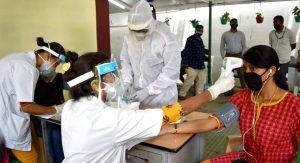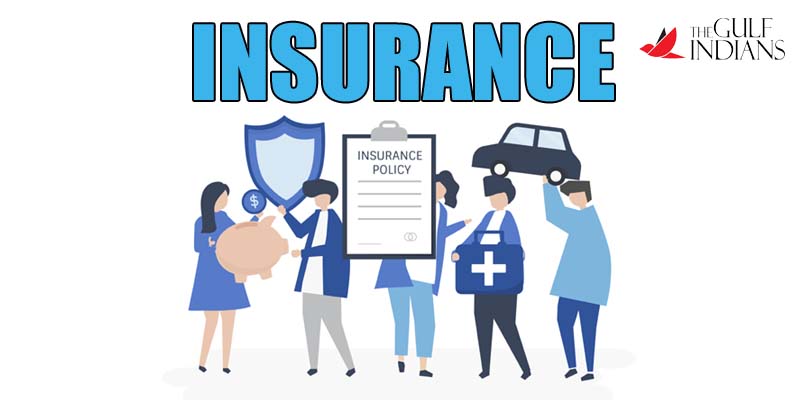Dr. AISHWARYA PREMAN
An innate solution emerges for every single problem that humanity faces. Increase in employment contingencies and per capita income is the solution for poverty, boosting agricultural crops and harvests is the solution for hunger, equality for biases, secularism for religious disputes, behavioural therapies for drug and alcohol abuse, mystic medicines for incurable diseases, recycle reuse and ban on pollutants for pollution, increased productivity for scarcity, transparency for corruption, and invention of vaccine for COVID-19! But what would be the solution for a social issue known as orphanisation?

In 1432, the whole Europe was in the middle of a crisis and many mothers were forced to abandon their babies due to poverty. As a solution, an orphanage was opened in Dubrovnik that was the first-ever institution for orphans in the world. The orphanage was located in the heart of the city. The procedure of handing over the baby to the orphanage was to place the baby on a small entrance space created in front of the building and turn a wheel, which would swing inside carrying the baby. The mother used to get two identical blankets, one to wrap around the baby and one for herself. And when her financial conditions improved she used the blanket to claim her child and take it back. Most of the babies were taken back by the age of six.
Later, many orphanages were built in Europe and all over the world, but taking the child back was least in practice. The integers of orphans have always multiplied since then. It has never faced a decline. Studies have found that approximately 153 million children in the world are orphans. There are even various types of orphans such as social orphans, single orphans, double orphans, other vulnerable orphans (OVO) and so on. Can orphanage be considered as a solution to their misery?
“You are 18 now and you no longer have a bed here. A baby getting abandoned tomorrow will need that bed.” Peter Kamao shares his experience in an orphanage. It is out of question to call this place a home from where they would be thrown out once they turn an adult.
Studies have proven that the brains of children bought up in orphanages are less likely to develop adequately. Rickets, lead poisoning, anaemia, syphilis, tuberculosis, hepatitis B and C infection, HIV infection, intestinal parasitic infections, scabies, impetigo, malnutrition, vitamin deficiency disorders, developmental delay, iodine deficiency and hypothyroidism are some of the diseases that are habitual in such orphanages. Orphans are more prone to behavioural and emotional ailments, including anxiety and depression since they are facing a trauma of staying away from parents. Due to incomplete immunisation they are more vulnerable to all the diseases. Physical and mental abuse, lack of food, clothes, sanitary facilities and education are also customary.
Be it a tsunami, earthquake, violent cyclone, pandemic outbreak, war, terrorist attacks, or a nuclear/ bio-weapon attack, the most stereotypical after-effect is orphanisation and the result is only an increase in the number of orphans. It has been most constant dilemma throughout the decades. It has affected more people than any other pandemic or disaster. But it is seldom included among the topmost problems facing society.
Orphans might be the ones with a malnourished body, frizzy hair, broken nails, bowed legs, muddled minds, tear-filled eyes and broken hearts, but it is an inevitable fact that they encompass a major portion of society. It is imminent that solutions for this scourge be found and end this silent yet salient issue.





























